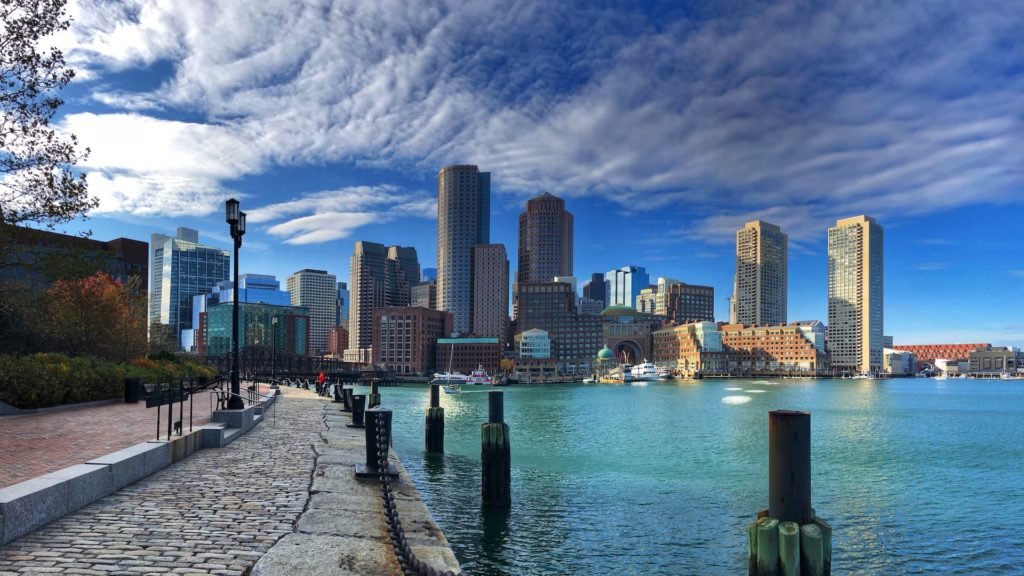
Where is Boston?
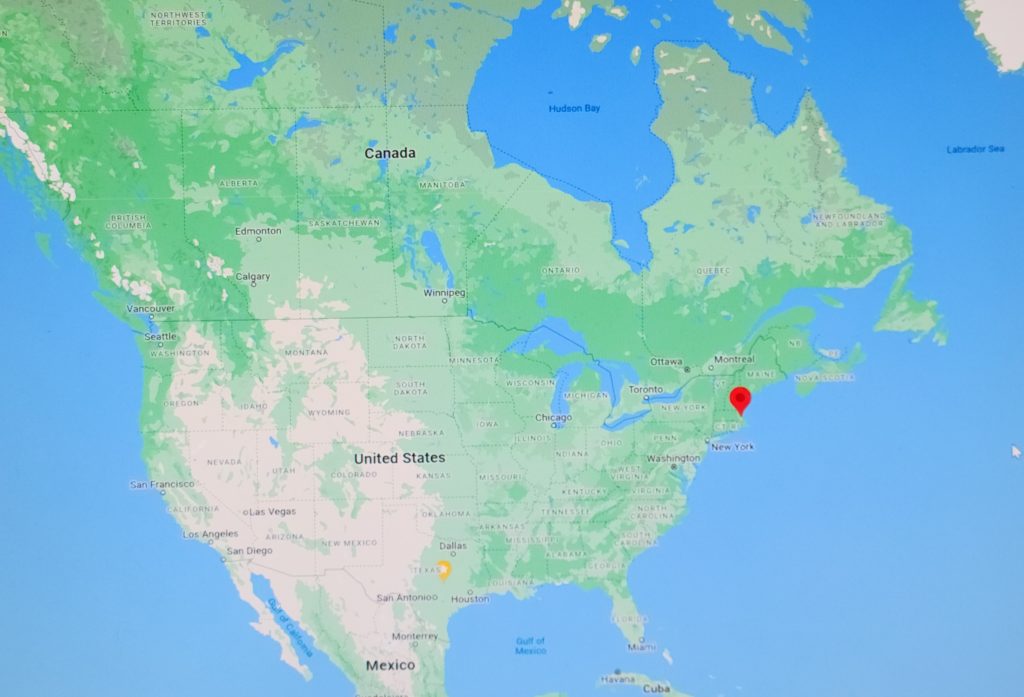
Boston, Massachusetts, is the capital and largest city of the Commonwealth of Massachusetts. The city is situated 215 miles northeast of New York City on the East Coast, and it is known as the cultural and financial center of the New England region.
Boston is often referred to as the “city of neighborhoods,” with a total of 23 officially designated neighborhoods recognized by the Office of Neighborhood Services within the city government.
Why is Boston a Famous City?
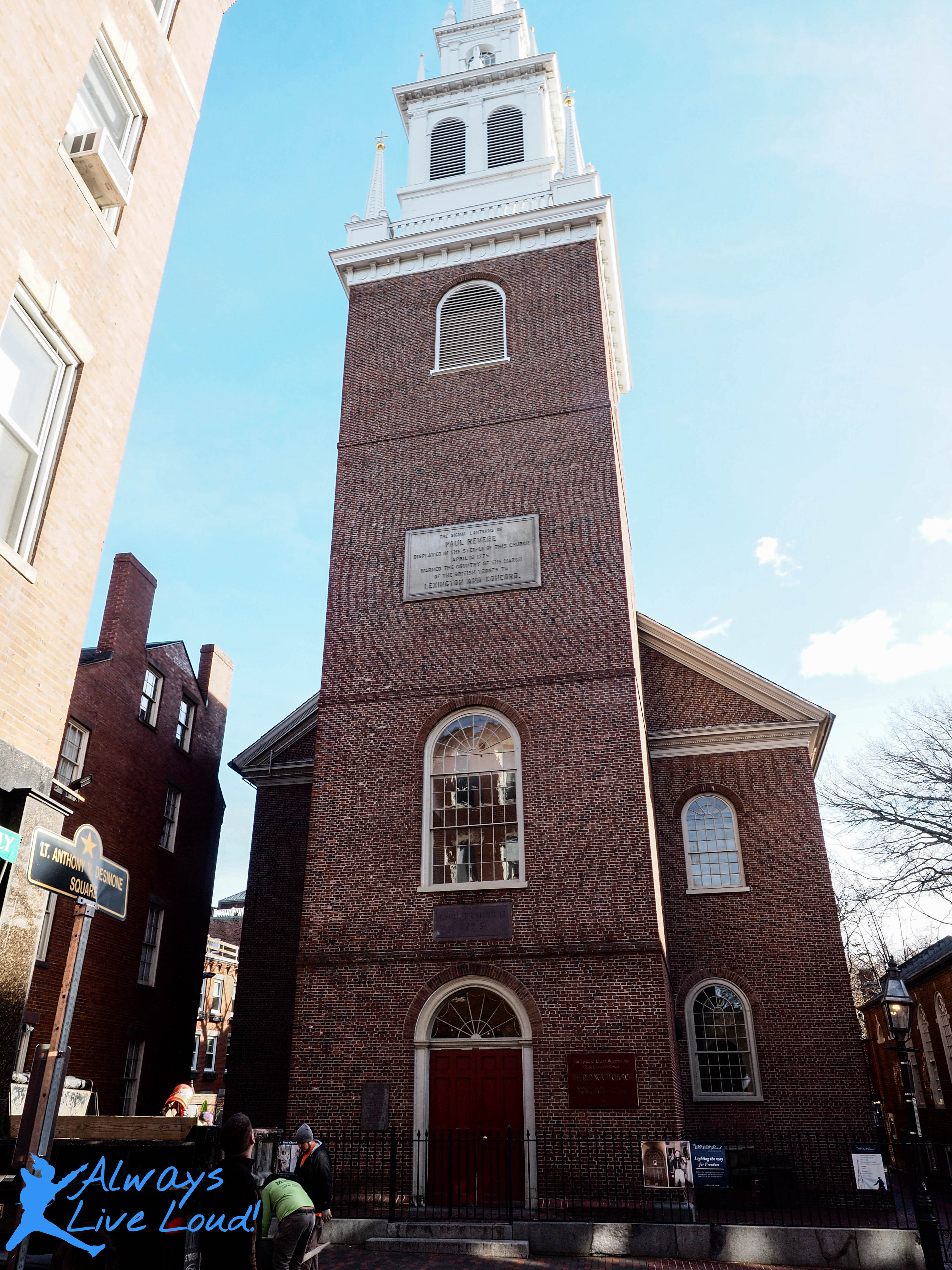
Boston holds a significant place in United States history as the birthplace of the nation. Established in 1630 by Puritan settlers from the town of the same name in England, it is one of the oldest cities in the country. Boston played a crucial role in the American Revolution and the founding of the nation.
The city was the site of several significant events, including the Boston Massacre, the Boston Tea Party, the display of Paul Revere’s lantern in Old North Church, the Battle of Bunker Hill, and the siege of Boston.
The Boston Tea Party
Boston, one of the most historic cities in America, has played a central role in the political, economic, commercial, and religious development of the country since the arrival of the first settlers.
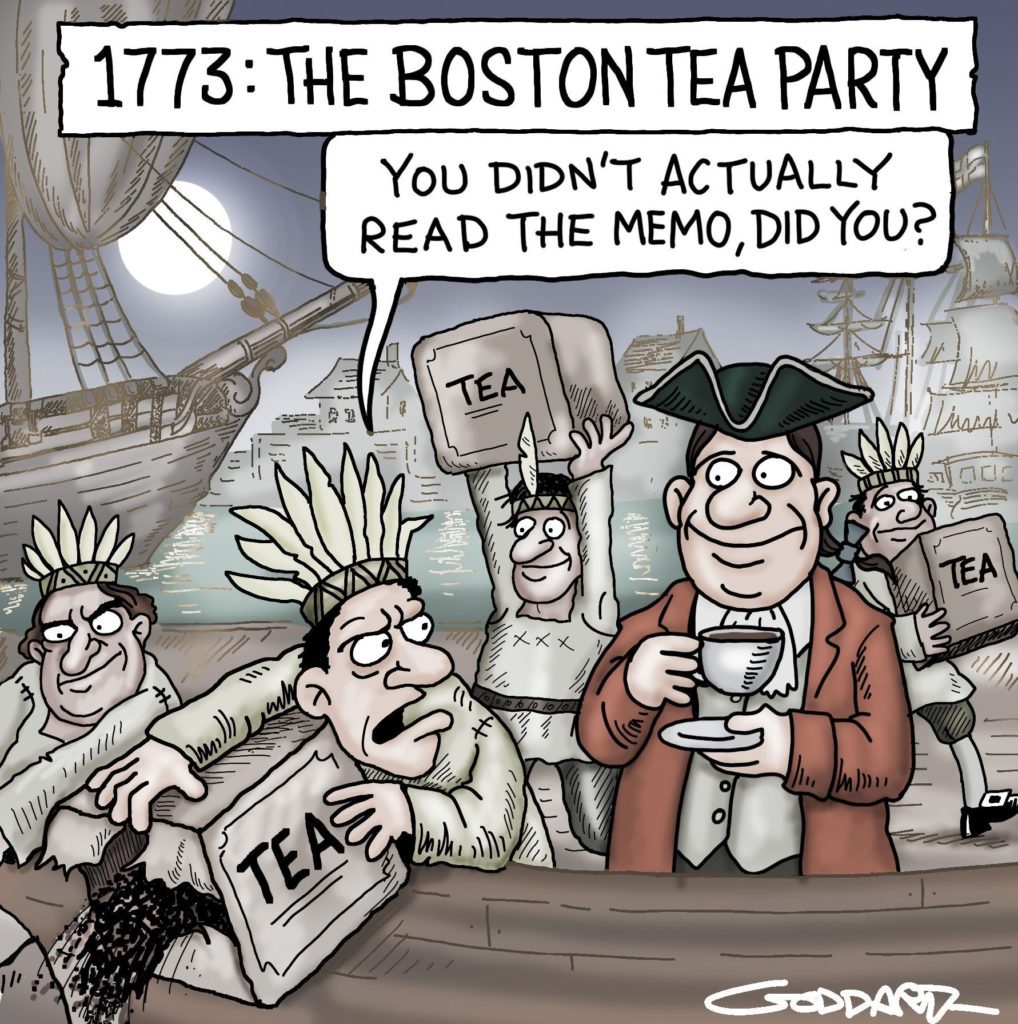
The American Revolution can be traced back to Boston, where the Patriots made a resolute stand against the Tea Party Act. On December 16, 1773, in Boston Harbor, an incredible 92,000 pounds of tea were purposely destroyed, resulting in a substantial financial loss for the British. In today’s currency, the value of that tea would be USD$1.7 million.
It’s important to note that there is no historical record of any harm being inflicted on the ship, crew, or any other property. The protest was organized by the Sons of Liberty, who demonstrated remarkable discipline and focus. They only destroyed the tea and replaced a stolen padlock the next day. Their unwavering commitment to their cause is truly remarkable.
What to see in Boston?
Boston is a beautiful city full of life and an exciting spot to visit.
In spring and summer, many enjoyable activities are available, but unfortunately, most of them become inaccessible during the winter season.
Boston has no shortage of things to do, whether you’re exploring its rich history or indulging in its diverse culinary scene, whether you are traveling by yourself or with your family.
Explore Boston’s rich history through the 2.5-mile Freedom Trail, featuring 16 historic sites that offer a unique and fascinating glimpse into the city’s past.
The Freedom Trail
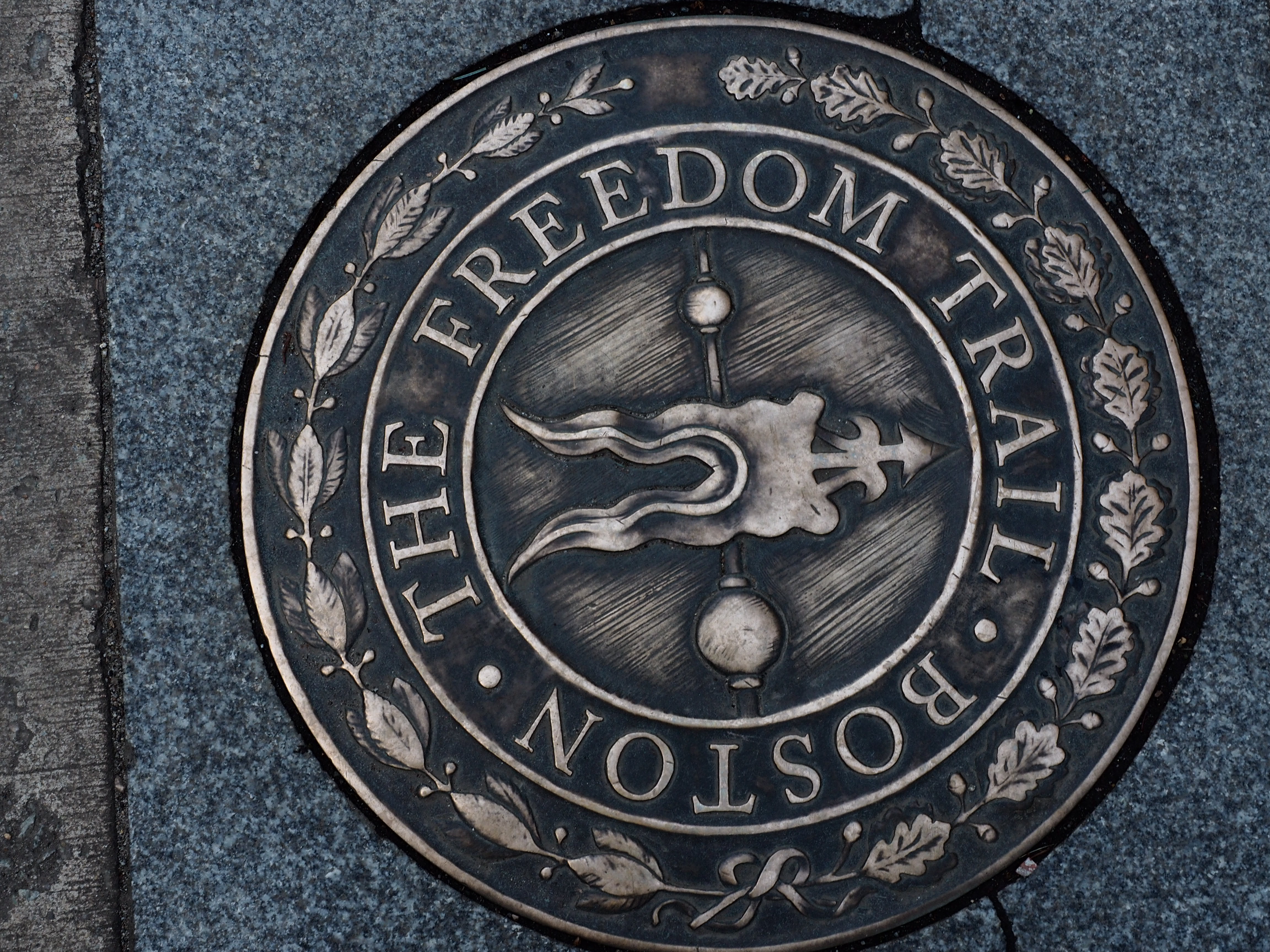
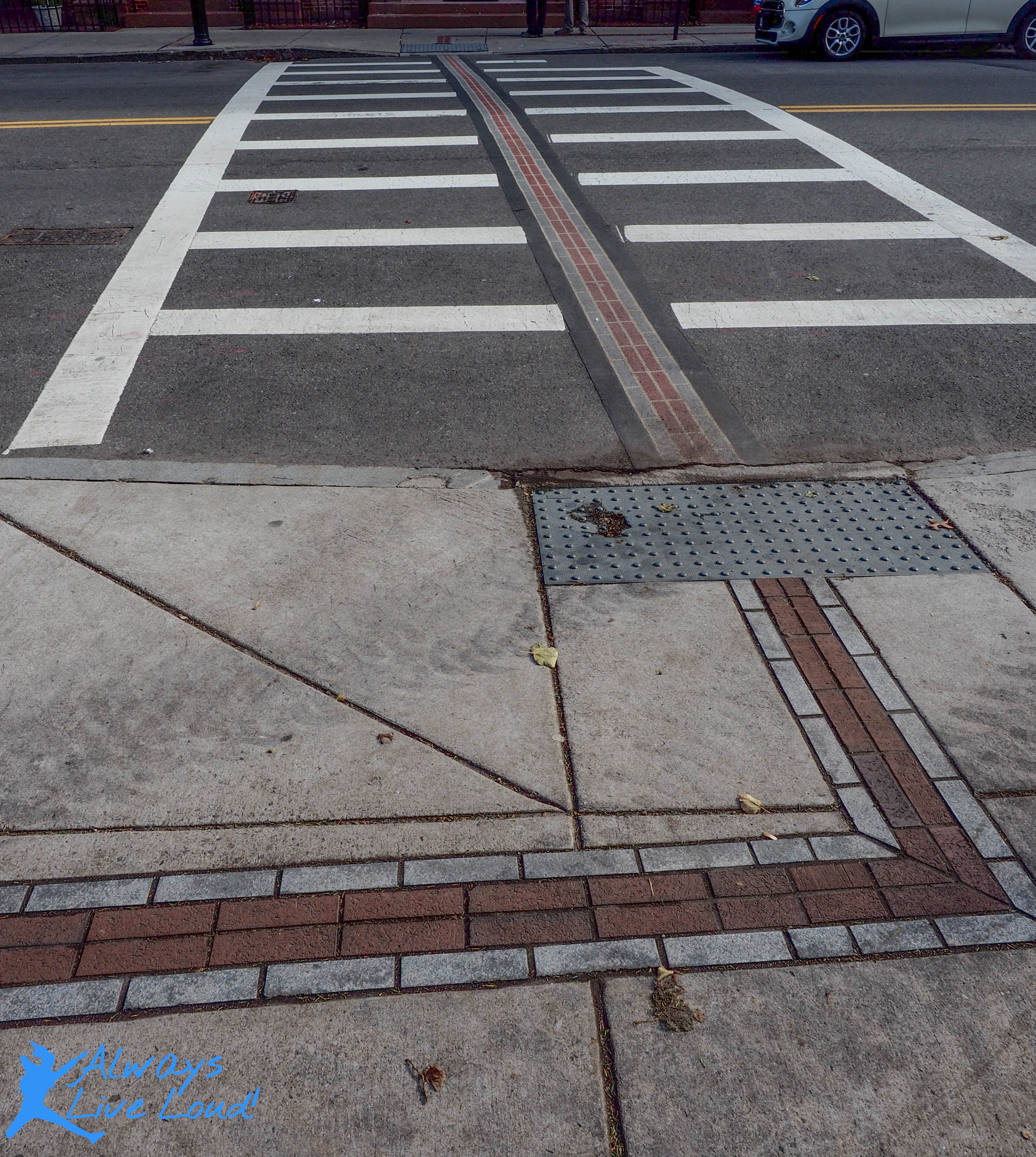
The Freedom Trail consists of a captivating variety of museums, churches, meeting houses, parks, a ship, and historic markers that provide insight into the American Revolution and its many events.
The Freedom Trail tour is highly sought after as it provides a glimpse of the most significant historical sites, covering 11 out of the 16 official locations.
the Copp’s Hill burial grounds
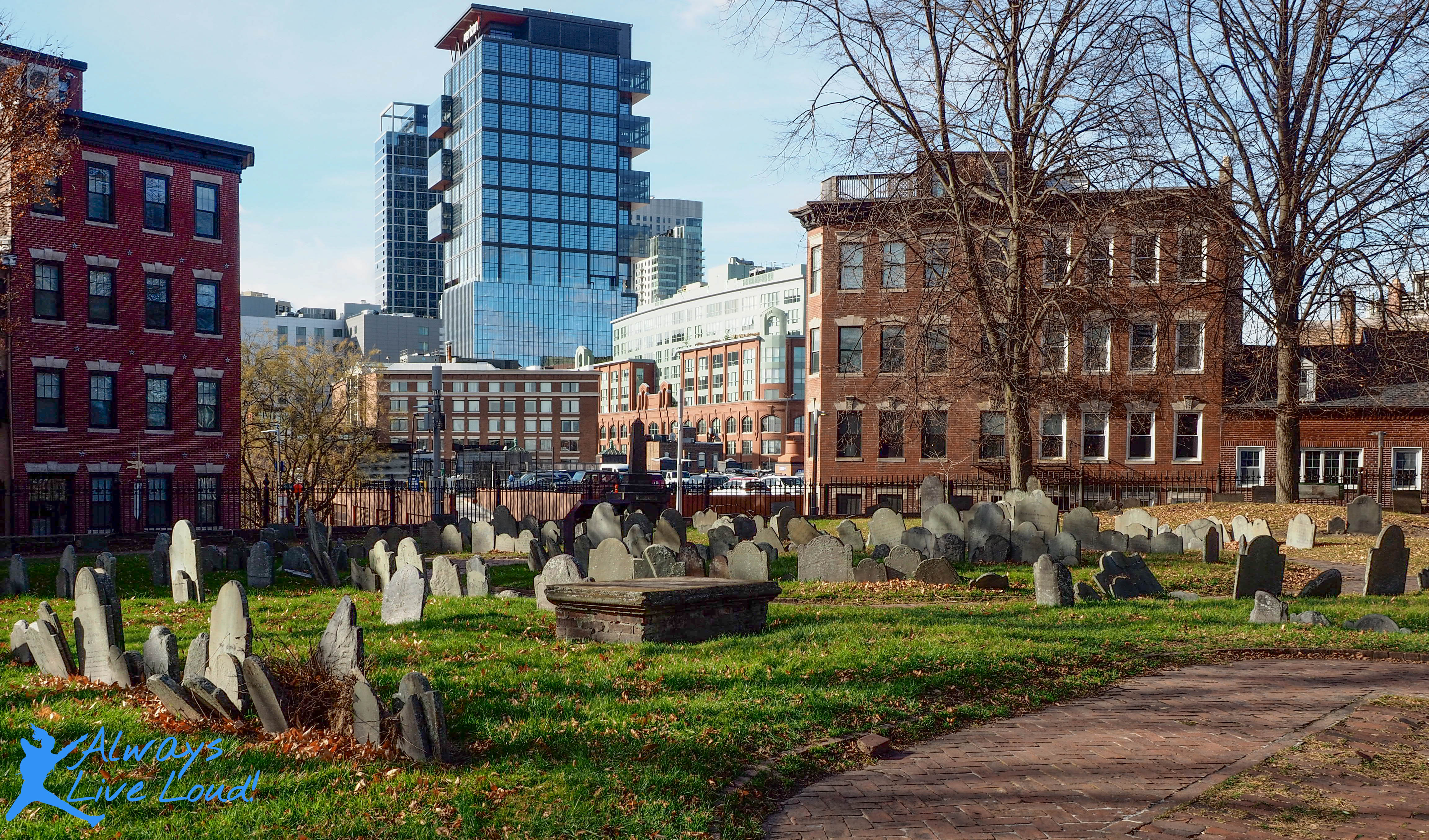
It is important to mention that some of the people buried in this area were crucial figures in the significant Boston Tea Party that occurred on December 16, 1773. Each individual’s grave has a distinct commemorative marker to honor their participation in the event.
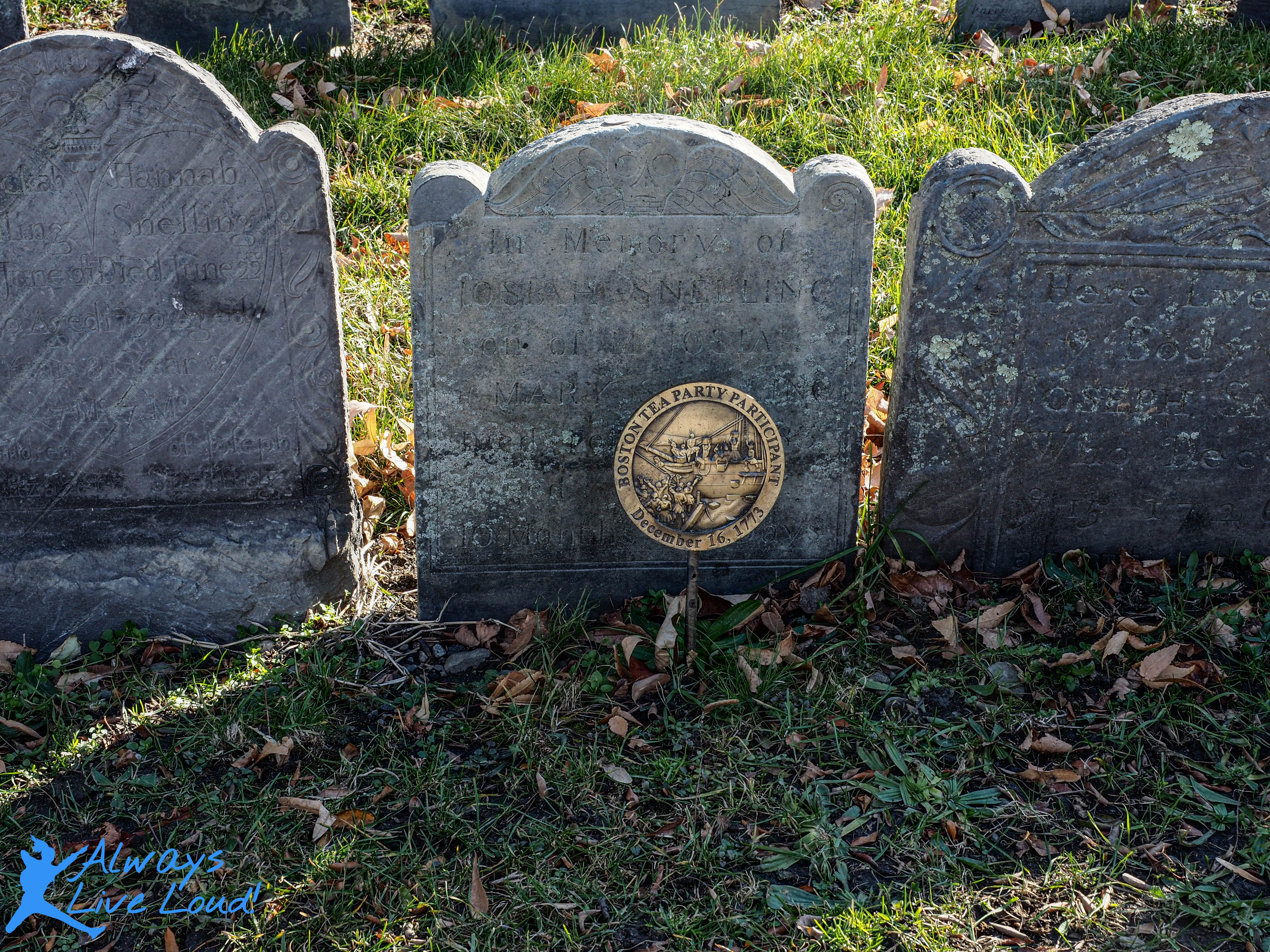
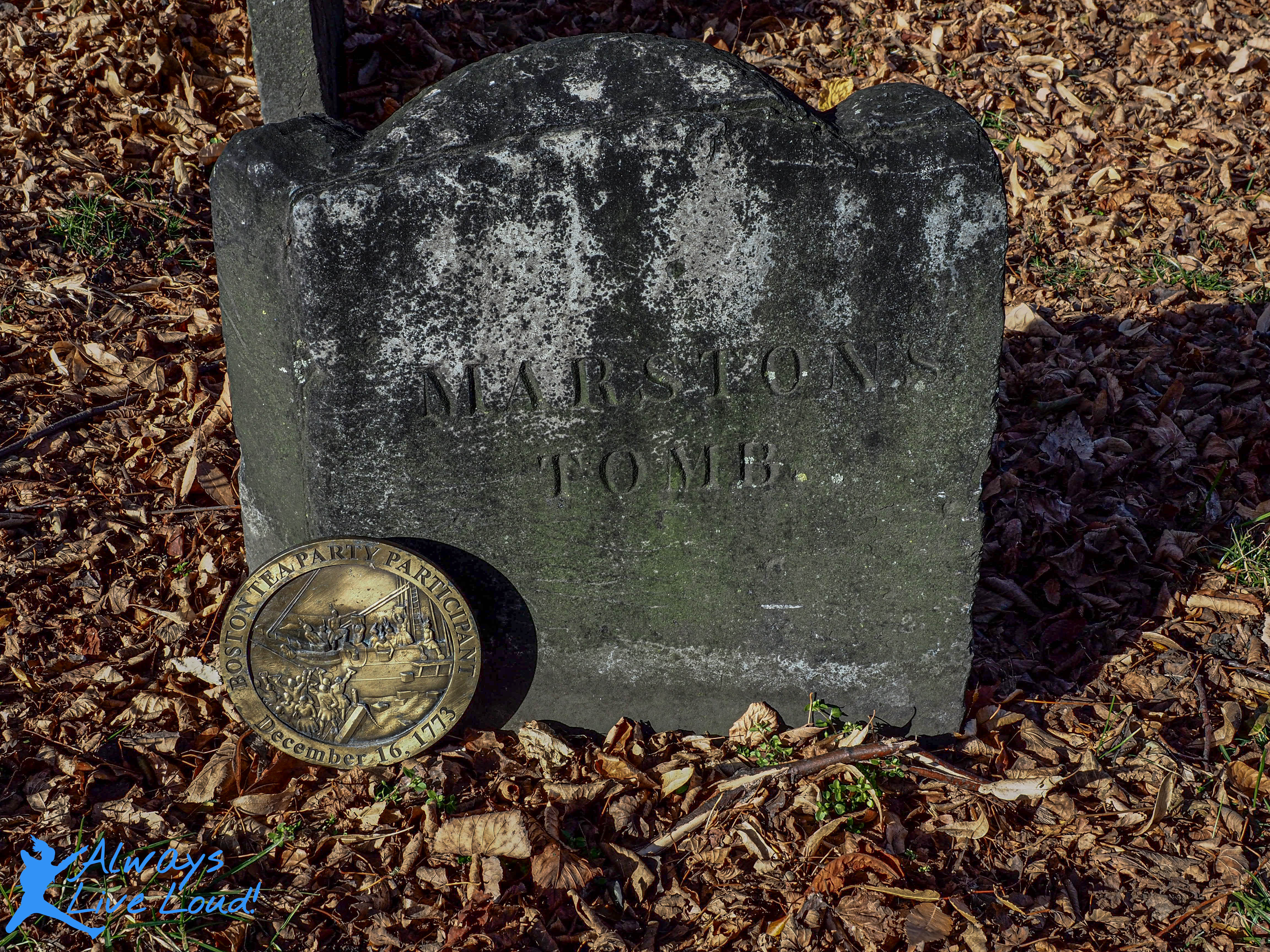
I found it intriguing to observe the graves and discover their age. This place contains the remains of many people from the 16th century. Joanna Phillips (5 June 1592–22 October 1675), who passed away at the age of 83, was one of them. It’s quite remarkable considering the time period in which she lived.
The interesting facts about the Copp’s Hill burial grounds
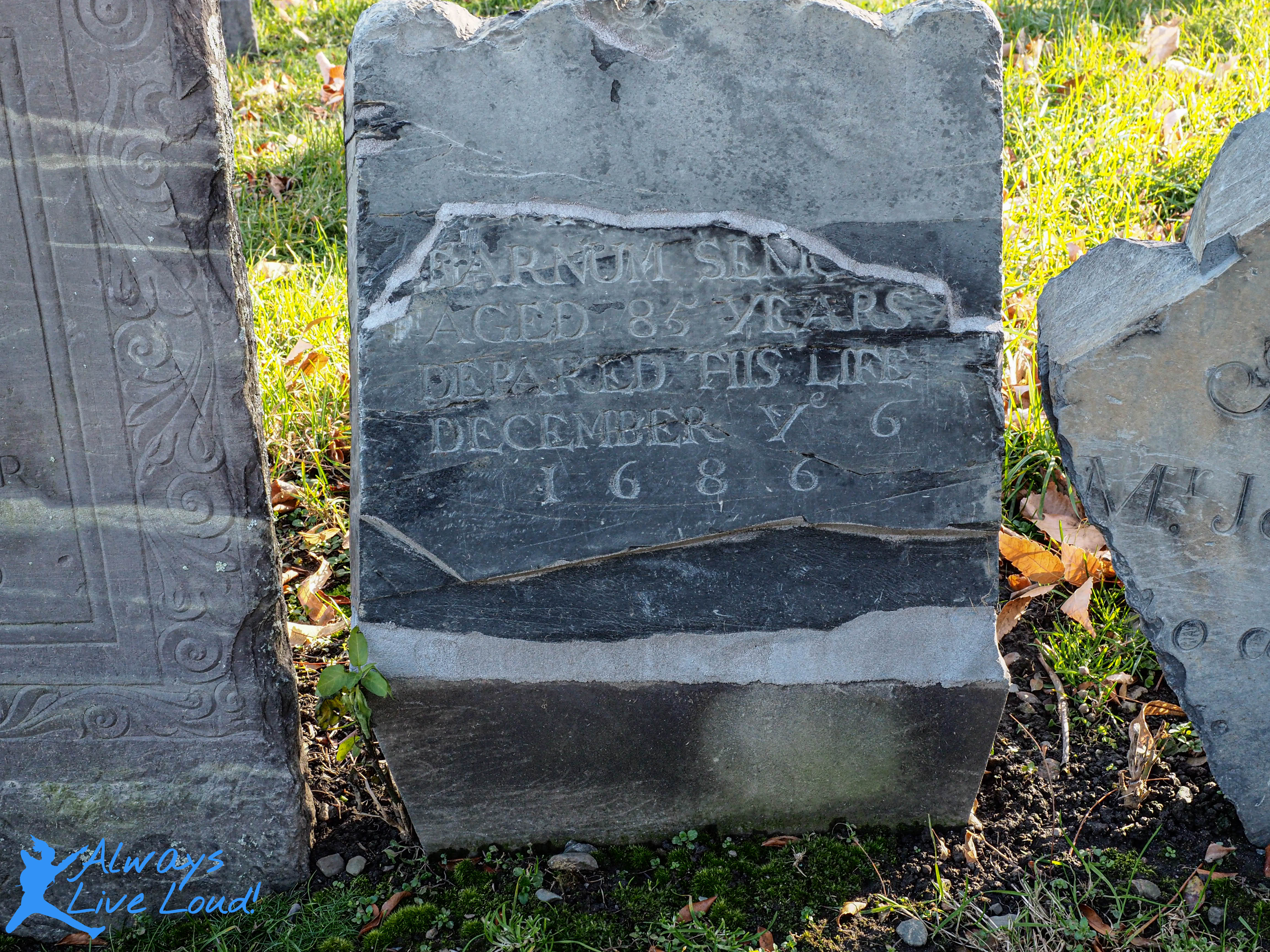
Before 1830, people often sold cemeteries multiple times.
Doesn’t it sound unbelievable? The family was horrified to discover that someone had thrown away their loved one’s remains in order to accommodate a customer who had paid more. During the 19th century, people either buried or used over 80 tombstones in the construction of house foundations, cellars, and chimneys.
Prior to 1833, the burial ground did not have any trees. The reason for the $50 expenditure was the purchase of trees.
Are you aware that gravestone carvers sometimes repurpose old or unclaimed gravestones? You can observe upside-down inscriptions from previous engravings on many of the gravestones.
The Christ church Paul Signal Lanterns

This church is a significant landmark in American history.
The bell in the tower of the Old North Church was used to signal when the British Army was crossing the Charles River and heading towards Lexington and Concord. This was possible because the church tower was the tallest structure in Boston. The American Revolutionary War started by the end of the next night.
Paul Revere Mall
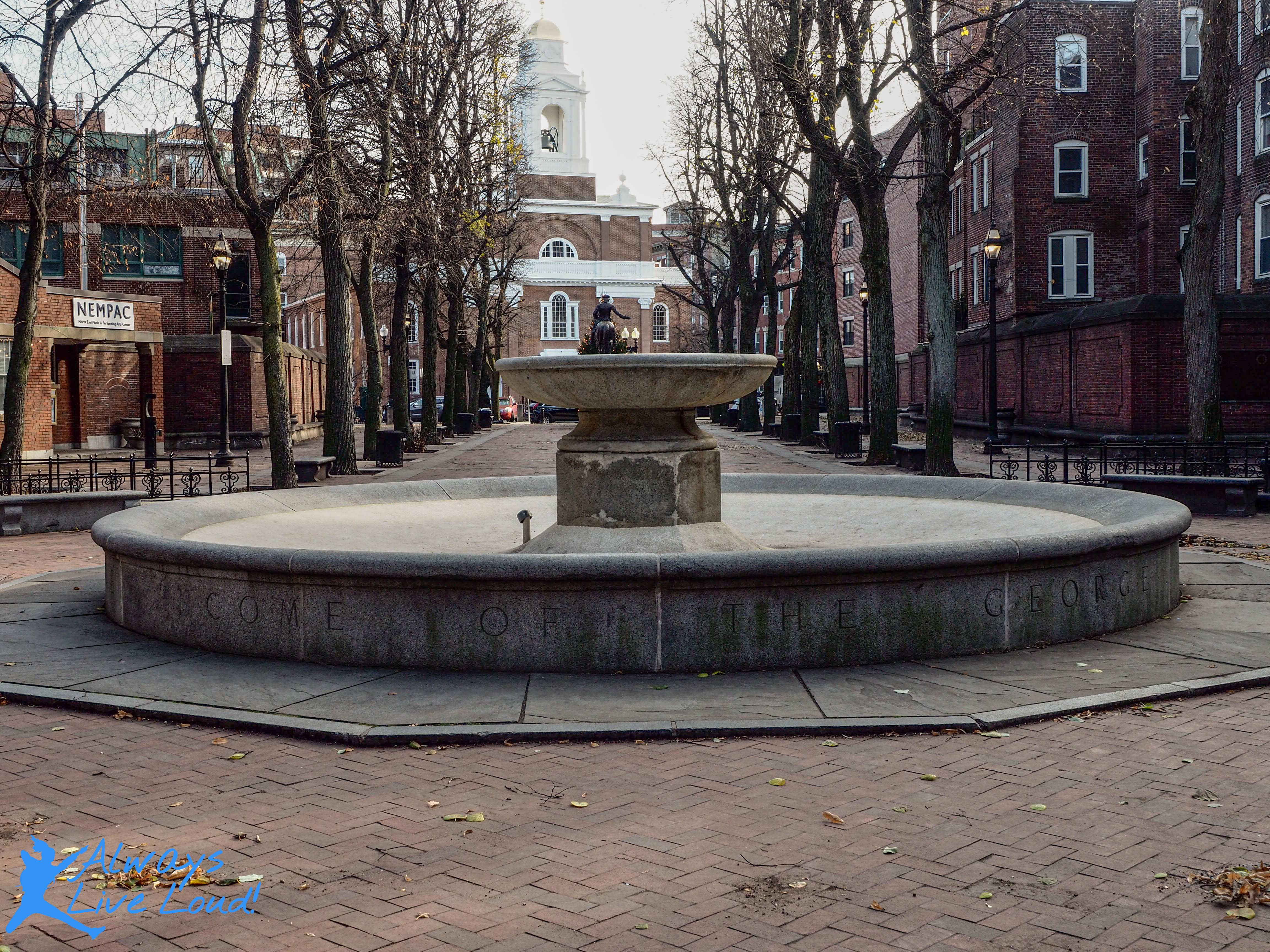

The Paul Revere Mall can be found on Boston’s renowned Freedom Trail. The Prado stretches an impressive 480 feet in the shape of a crucifix, and sturdy brick walls standing at nine feet tall enclose it. It is important to note that the area is deliberately isolated from the surrounding residential neighborhoods.
The passageway formerly known as Webster Avenue underwent significant changes. Removing tenement housing and widening the path resulted in a direct sightline between two important landmarks – The Old North Church and St. Stephen’s Church.
St. Stephan Roman Catholic Church
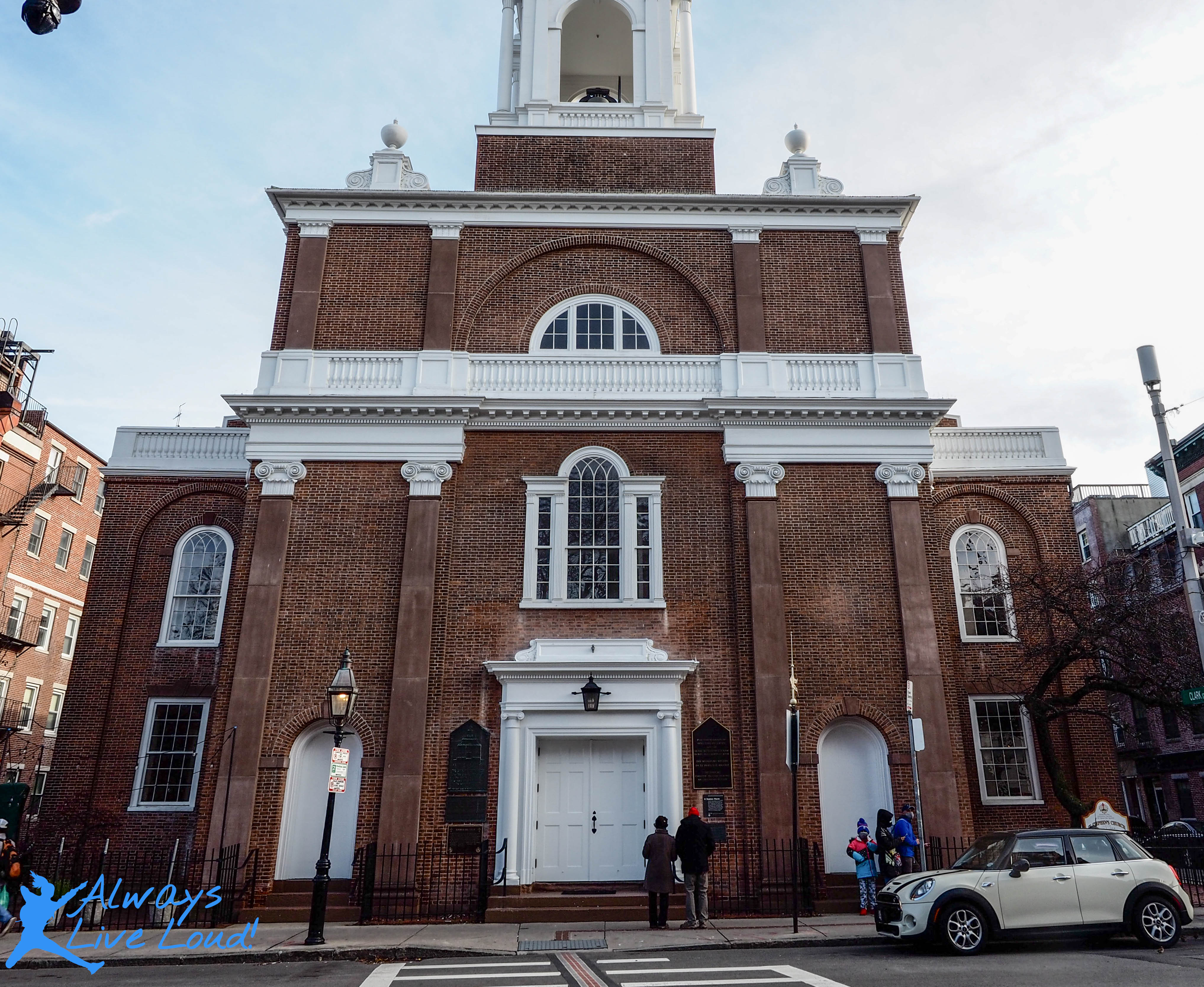
St. Stephen’s Church is a remarkable establishment in the historic North End of Boston, Massachusetts. St. Stephen, the patron saint of bricklayers and stonemasons, is the primary focus of the church’s dedication. As a deacon in the early Christian church, St. Stephen devoted his life to serving the impoverished. It’s worth mentioning that St. Stephen’s Church is the only one of the five churches designed by Bulfinch in Boston that still stands today.
The Paul Revere House
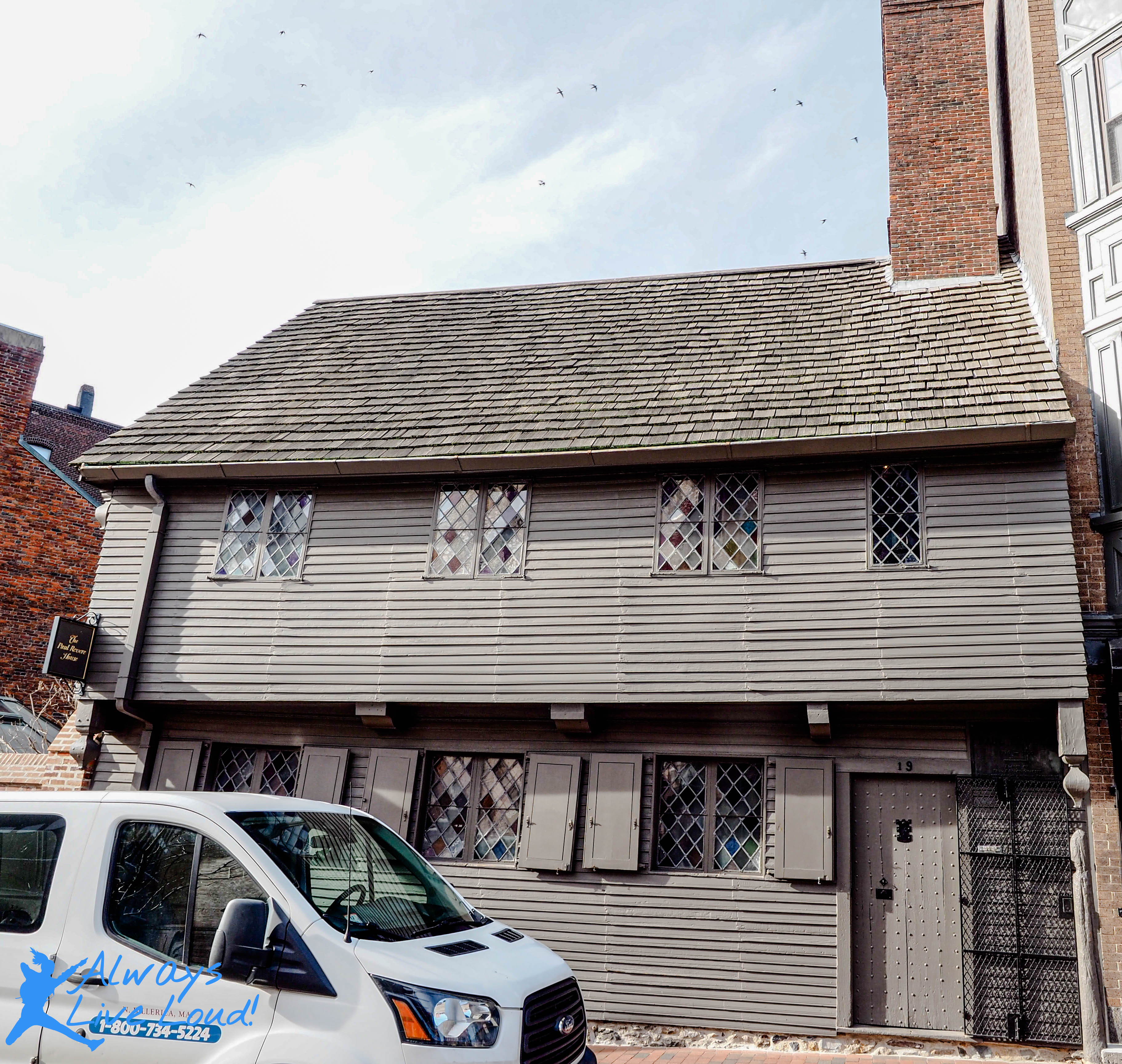
The Paul Revere House, built in 1680, is a significant historical landmark in downtown Boston. It is the oldest remaining residential building and is officially recognized as a Freedom Trail historic site. Thanks to Reynolds Jr., the house was saved from demolition and purchased. In 1908, funds were raised to restore the home, and it was opened to the public as a historic house museum in April of that year. The house is open daily for visitors to explore.
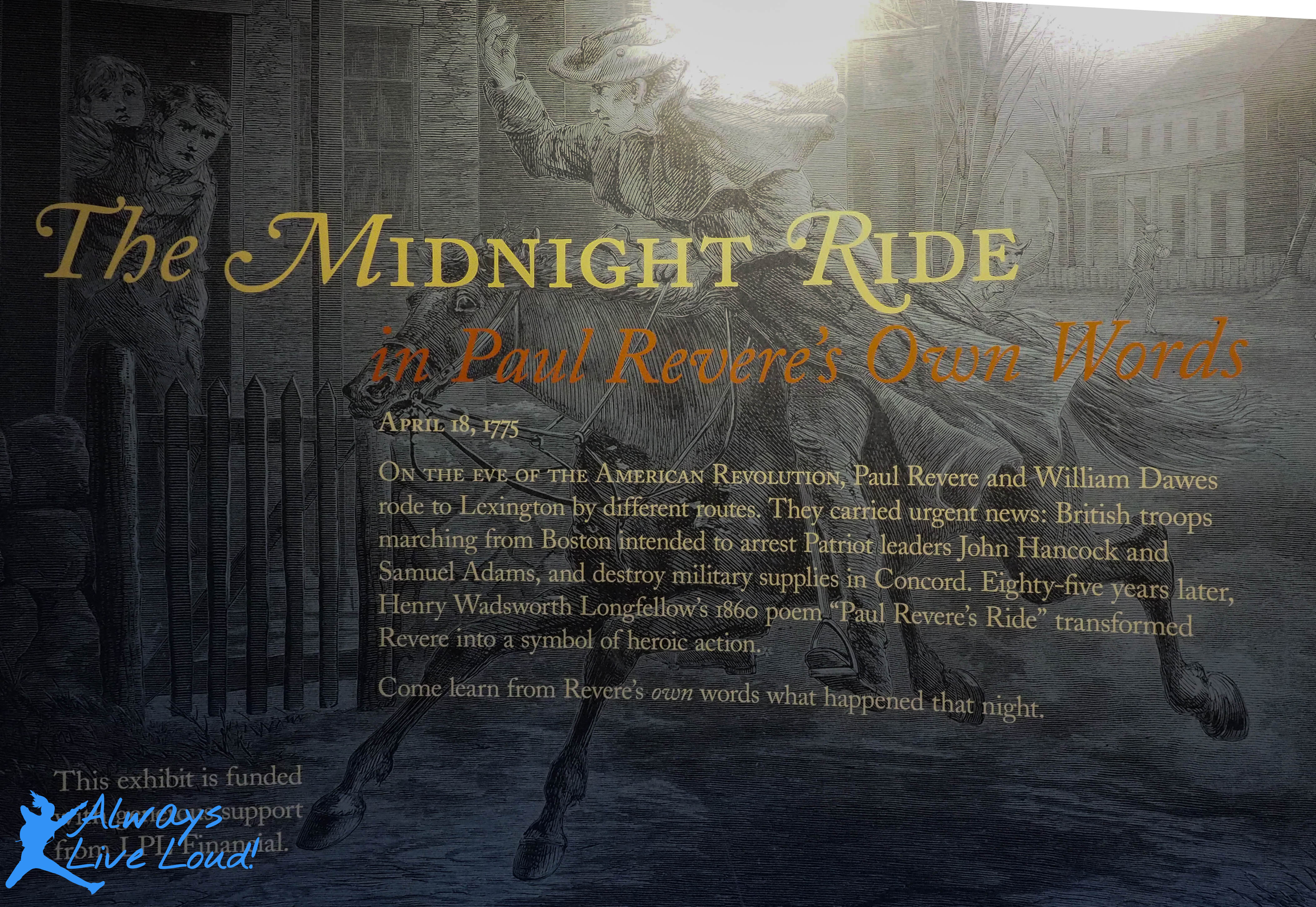
Paul Revere was a prominent American Revolutionary and patriot in Boston from 1770 to 1800. He became famous through William Wadsworth Longfellow’s poem, “Paul Revere’s Ride.” Nowadays, he is most recognized as one of the horseback messengers who rode from Boston to Lexington to alert colonists of the impending British army.
“Welcome to Boston, where the weather is made up and the seasons don’t matter.”
Remember this: Boston is an incredibly impressive city with a wealth of history and attractions waiting to be explored. While Fenway Park, The Boston Marathon, and Cheers Bar are the most well-known tourist hotspots, there are countless hidden gems that make Boston one of the leading cities in the United States and the world. With a little bit of exploration, you’ll find an abundance of treasures that will leave you absolutely amazed.

